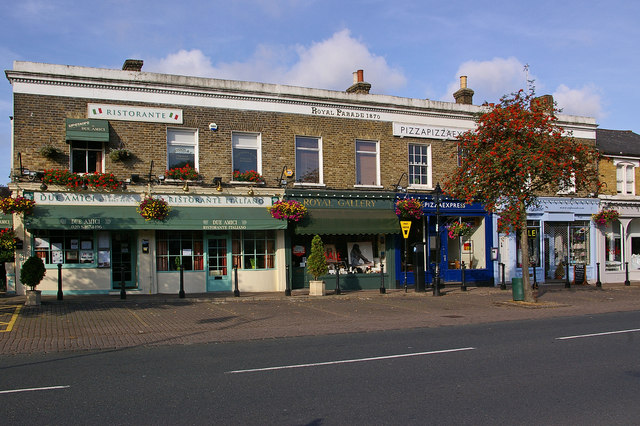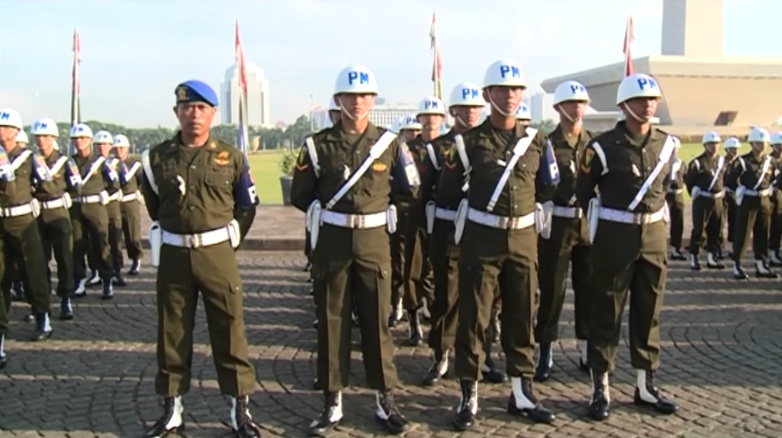|
Malcolm Campbell
Major Sir Malcolm Campbell (11 March 1885 – 31 December 1948) was a British racing motorist and motoring journalist. He gained the world speed record on land and on water at various times, using vehicles called ''Blue Bird'', including a 1921 Grand Prix Sunbeam. His son, Donald Campbell, carried on the family tradition by holding both land speed and water speed records. Early life and family Campbell was born on 11 March 1885 in Chislehurst, Kent, the only son of William Campbell, a Hatton Garden diamond seller. He attended the independent Uppingham School. In Germany, learning the diamond trade, he gained an interest in motorbikes and races. Returning to Britain, he worked for two years at Lloyd's of London for no pay, then for another year at £1 a week. Between 1906 and 1908, he won all three London to Land's End Trials motorcycle races. In 1910, he began racing cars at Brooklands. He christened his car ''Blue Bird'', painting it blue, after seeing the play '' The Blue ... [...More Info...] [...Related Items...] OR: [Wikipedia] [Google] [Baidu] |
Chislehurst
Chislehurst () is a suburban district of south-east London, England, in the London Borough of Bromley. It lies east of Bromley, south-west of Sidcup and north-west of Orpington, south-east of Charing Cross. Before the creation of Greater London in 1965, it was in Kent. History The name "Chislehurst" is derived from the Old English language, Saxon words ''cisel'', "gravel", and ''hyrst'', "wooded hill". The Walsingham family, including Christopher Marlowe's patron, Thomas Walsingham (literary patron), Sir Thomas Walsingham and Elizabeth I of England, Queen Elizabeth I's spymaster, Francis Walsingham, had a home in Scadbury Park, now a nature reserve in which the ruins of the house can still be seen. A water tower used to straddle the road from Chislehurst to Bromley until it was demolished in 1963 as one of the last acts of the Chislehurst and Sidcup UDC. It marked the entrance to the Wythes Estate in Bickley, but its narrow archway meant that double-decker buses were not ... [...More Info...] [...Related Items...] OR: [Wikipedia] [Google] [Baidu] |
Brooklands
Brooklands was a motor racing circuit and aerodrome built near Weybridge in Surrey, England, United Kingdom. It opened in 1907 and was the world's first purpose-built 'banked' motor racing circuit as well as one of Britain's first airfields, which also became Britain's largest aircraft manufacturing centre by 1918, producing military aircraft such as the Wellington and civil airliners like the Viscount and VC-10. The circuit hosted its last race in August 1939 and today part of it forms the Brooklands Museum, a major aviation and motoring museum, as well as a venue for vintage car, motorcycle and other transport-related events. History Brooklands motor circuit The Brooklands motor circuit was the brainchild of Hugh Fortescue Locke-King, and was the first purpose-built banked motor race circuit in the world. Following the Motor Car Act 1903, Britain was subject to a blanket speed limit on public roads: at a time when nearly 50% of the world's new cars were produced in ... [...More Info...] [...Related Items...] OR: [Wikipedia] [Google] [Baidu] |
Provost (military Police)
Provosts (usually pronounced "provo" in this context) are military police (MP) whose duties are policing solely within the armed forces of a country, as opposed to gendarmerie duties in the civilian population. However, many countries use their gendarmerie for provost duties. As with all official terms, some countries have specific official terminology which differs from the exact linguistic meaning. The head of the military police is commonly referred to as the provost marshal, an ancient title originally given to an officer whose duty was to ensure that an army did no harm to the citizenry. Military police are concerned with law enforcement (including criminal investigation) on military property and concerning military personnel, installation security, close personal protection of senior military officers, management of prisoners of war, management of military prisons, traffic control, route signing and resupply route management. Not all military police organizations are con ... [...More Info...] [...Related Items...] OR: [Wikipedia] [Google] [Baidu] |

